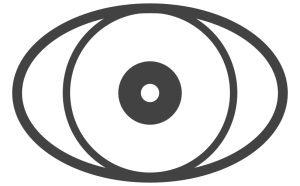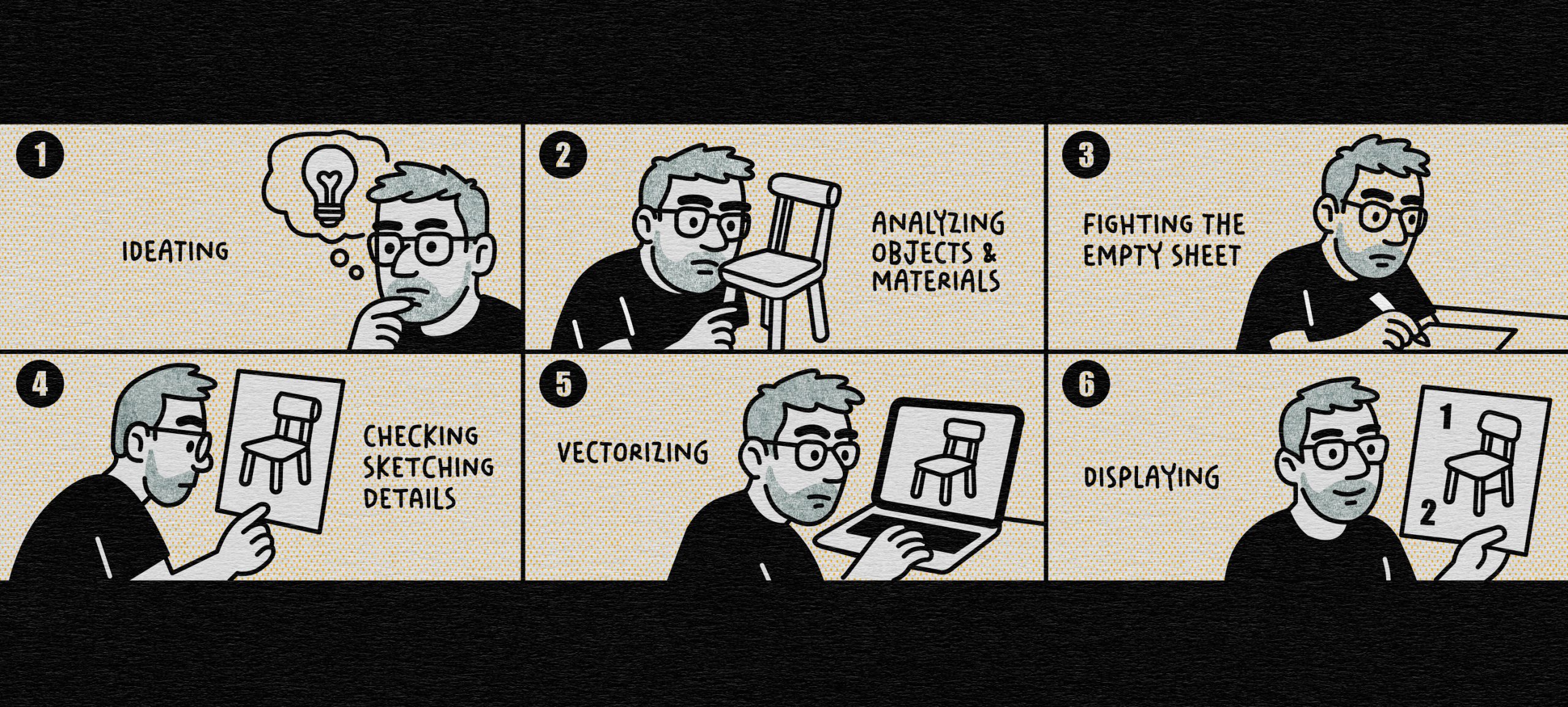I will be contributing to the forthcoming edited volume Take One Object, edited by Tomás Errázuriz and Francisco Martínez (forthcoming, Bloomsbury). The book gathers forty-five essays by anthropologists, architects, designers, and artists who each engage with a single domestic object as an entry point into the material ecologies of everyday life. My contribution will take the form of a series of illustrations that accompany and extend the essays, offering a visual ethnographic translation of the book’s invitation to think with things.
Though I am not an illustrator by training, my work as an ethnographer has long been entangled with visual experimentation. Over the years, I have explored how drawing, mapping, and diagramming can function as modes of ethnographic inquiry rather than as representational afterthoughts. The images I am creating for this volume do not aim to decorate the text but to think alongside it—to act as visual devices through which ethnographic knowledge takes shape, line by line.
My approach is grounded in visual ethnography, a practice that treats seeing and drawing as ways of knowing. Through gesture, texture, and composition, I seek to evoke the material and affective worlds described in the essays: the grain of a wooden table, the reflection of light across a windowpane, the slow choreography of domestic routines. Each illustration becomes an ethnographic register, translating the sensory density of home into a visual field.
Rather than illustrating content, these works attend to relation. They explore how objects orient us in space and shape the atmospheres of dwelling—the subtle ways chairs, utensils, or lamps choreograph attention and intimacy. In this sense, each image is less about representation than about resonance: an attempt to diagram the invisible threads that connect people and things, light and movement, care and arrangement.
The illustrations also dialogue with the editors’ curatorial vision of Take One Object as a cabinet of lived objects—items that invite reflection on how we inhabit, maintain, and imagine our domestic worlds. The visual component amplifies this gesture, creating a parallel narrative that runs through the book, one that unfolds not in words but in lines, patterns, and absences. The goal is not to fix meaning, but to hold it open—to let the objects speak visually as well as textually.
Ultimately, this project extends my broader exploration of ethnographic multimodality. Through specimen diagrams, maps, and visual taxonomies, I have sought to reimagine how ethnography might register the world beyond text. In Take One Object, these illustrations work as visual companions to the essays, proposing that ethnographic seeing is also an act of care—an invitation to pause, to observe, and to rediscover the life of the ordinary.

